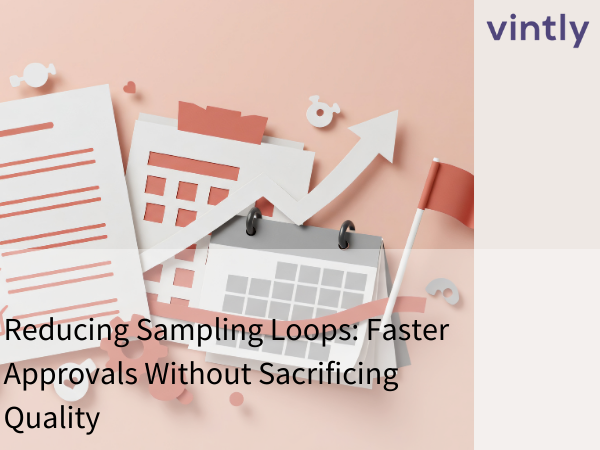The Smart Factory: How Automation Is Changing Garment Production
Welcome to the era of the smart factory — where automation, AI, and data integration are redefining garment production. Gone are the days of manual stitching and paper inspections. Today’s factories use robotics, sensors, and real-time monitoring to deliver faster, higher-quality, and more sustainable output.
Here’s how automation is reshaping the fashion industry from the inside out.
What Is a Smart Factory?
A smart factory integrates technologies like:
- Industrial robotics (e.g., automated sewing and cutting machines)
- IoT sensors to collect real-time production data
- AI algorithms for quality inspection and workflow optimization
- Automated warehouses and logistics systems
These systems communicate internally and externally, enabling dynamic decision-making and predictive operations that humans alone couldn’t handle.
The Benefits of Automation in Fashion
- Efficiency & Speed
Robots and automated tools work round-the-clock, speeding up production and reducing bottlenecks. - Consistent Quality
Machine vision systems catch even small defects — better than the human eye in many cases. - Waste Reduction
Precision cutting and predictive workflows help factories minimize fabric waste, energy use, and errors. - Resilience & Scalability
AI planning tools help factories adapt to fluctuations in demand, supplier delays, or labor availability — ensuring brands can stay agile.
Smart Factories in Action
- Nike uses collaborative robots (“cobots”) to assist with stitching and assembly, accelerating production while maintaining quality.
- Adidas, with its famous Speedfactory, embraced advanced robotics and 3D printing to produce shoes faster and locally https://www.wired.com/story/inside-speedfactory-adidas-robot-powered-sneaker-factory/?
- Patagonia has implemented automation in its distribution centers, cutting energy use by nearly 30% while boosting efficiency.
Automation for Sustainability & Innovation
Smart factories can be greener by:
- Reducing fabric and resource waste
- Using sensors to optimize energy and material use
- Enabling small-batch, on-demand production that cuts overproduction
- Connecting data flows all the way from design to delivery
To dive deeper into how sustainable automation works in tandem with supplier collaboration, check out our internal article:
👉 From Fiber to Fabric: Ensuring Sustainability through Supplier Evaluations & Mapping
What the Future Holds
The next-gen factory will be:
- AI‑driven with predictive planning
- Fully networked, seamlessly connecting suppliers, factories, and logistics
- Robotic, allowing real-time customization and localized production
These systems promise shorter lead times, higher-quality garments, and more sustainable operations — giving brands an edge in a competitive market.
Final Thoughts
The smart factory isn’t just an upgrade — it’s a revolution. By embracing automation, Vintly-powered fashion brands can enhance speed, quality, and sustainability while staying agile in a fast‑changing production landscape.
The future of garment production isn’t just smart — it’s resilient, sustainable, and scalable.
.png)


